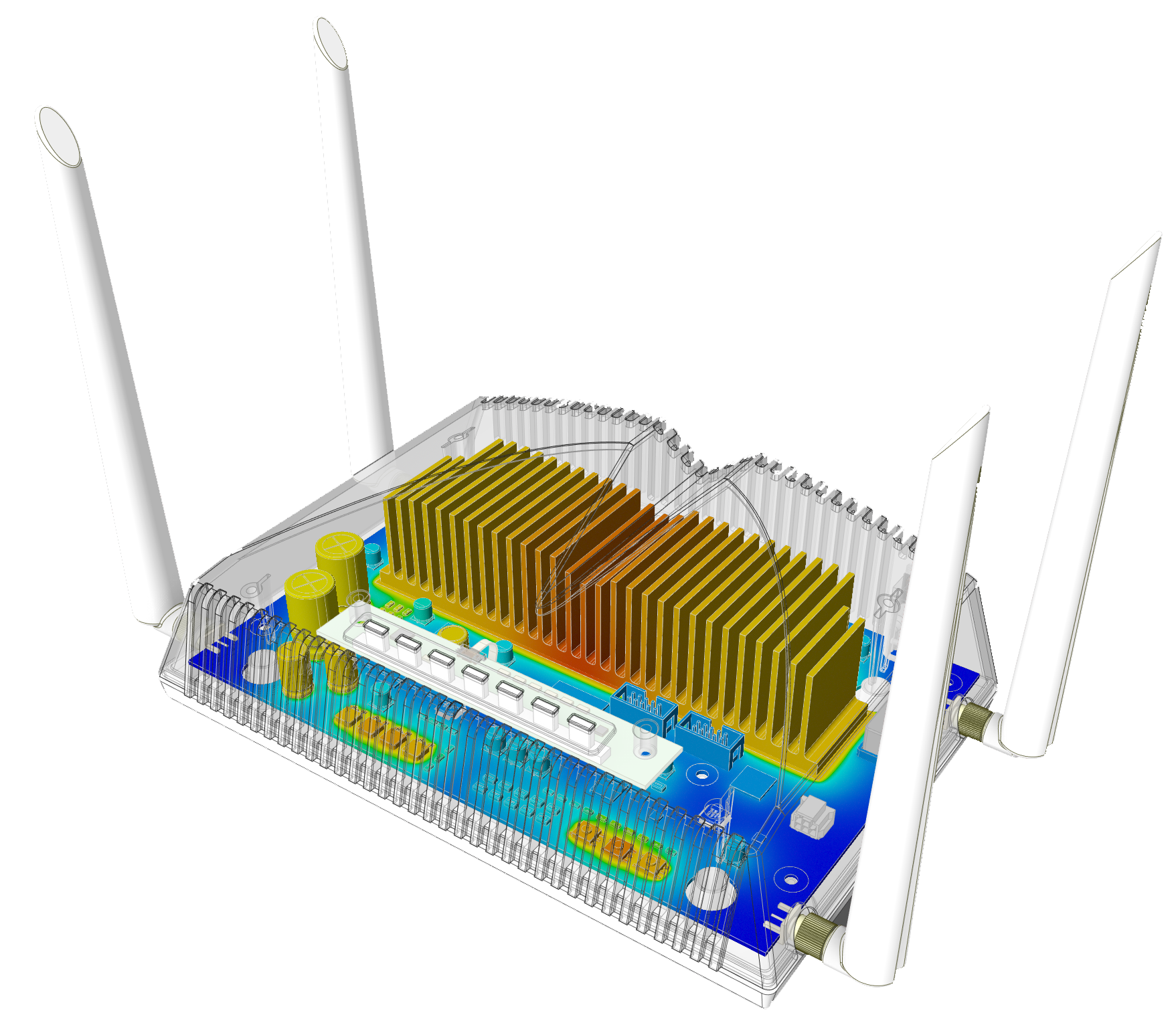eCon Engineering offers a variety of services in the field of simulation solutions. eCon has competence and experience in different FEM (FEA), CFD (Computational Fluid Dynamics), MBS (Multibody Simulations) and system simulation tasks. Most of these can be covered by using commercially available simulation software tools. However, if the need arises, eCon Engineering is ready to take a step forward and develop a purpose-built solution based on the thorough understanding of the underlying mechanical principles. Such solutions can cover the needs and requirements of our customers more specifically, and provide more accurate and efficient solutions in such highly specific topics.
One such research project has been conducted by eCon Engineering in the field of dynamic simulation tools specifically suited to catenary wires. Read a short summary below.

Project summary
The energy supply of electric trains is based on the pair of the pantograph and the catenary. The shock waves propagating in the wire can affect the quality of current collection. It has been half a century since the first appearance of the problem in the specialist literature, but the analysis of the phenomenon is still a difficult task and it becomes more and more important as the speed of the trains increases. The free access among the European national railway systems is also a relevant task and it also needs dynamic simulations. The most popular solutions nowadays use a co-simulation combining finite element model (for the catenary) and multibody dynamics model (for the pantograph).
The main goal of the research activity is to gain deeper knowledge of the phenomenon. The main results are the development of specialised solutions to enhance the simulations making them more efficient. The main focus is on the behaviour of the catenary wire, which can be modelled as a system of stretched strings. These cause difficulties for a generic tool leading to accuracy and performance issues.

Phase 1
The main goal of the project’s first phase is to create simplified submodels based on D’Alembert’s (travelling wave) solution of the wave equation corresponding to different operating states of the pantograph-catenary system. They are simple enough to be treated with analytical calculations, thus, they can be used for the validation of a more complex numerical simulation solution.
Phase 2
Such a complex simulation solution is developed in the second phase of the research project. It contains the derivation of the mathematical background of the method, construction of a proof-of-concept version of the simulation script in Python environment, and its validation. The validation contains several steps: there are comparisons with the results of analytical calculations, with results of generic finite element calculations and with limits specified in the relevant EN 50318 standards.

In case you have any simulation-related issue calling for tailored solutions, do not hesitate to contact us at sales@econengineering.com or visit our website for more information!
